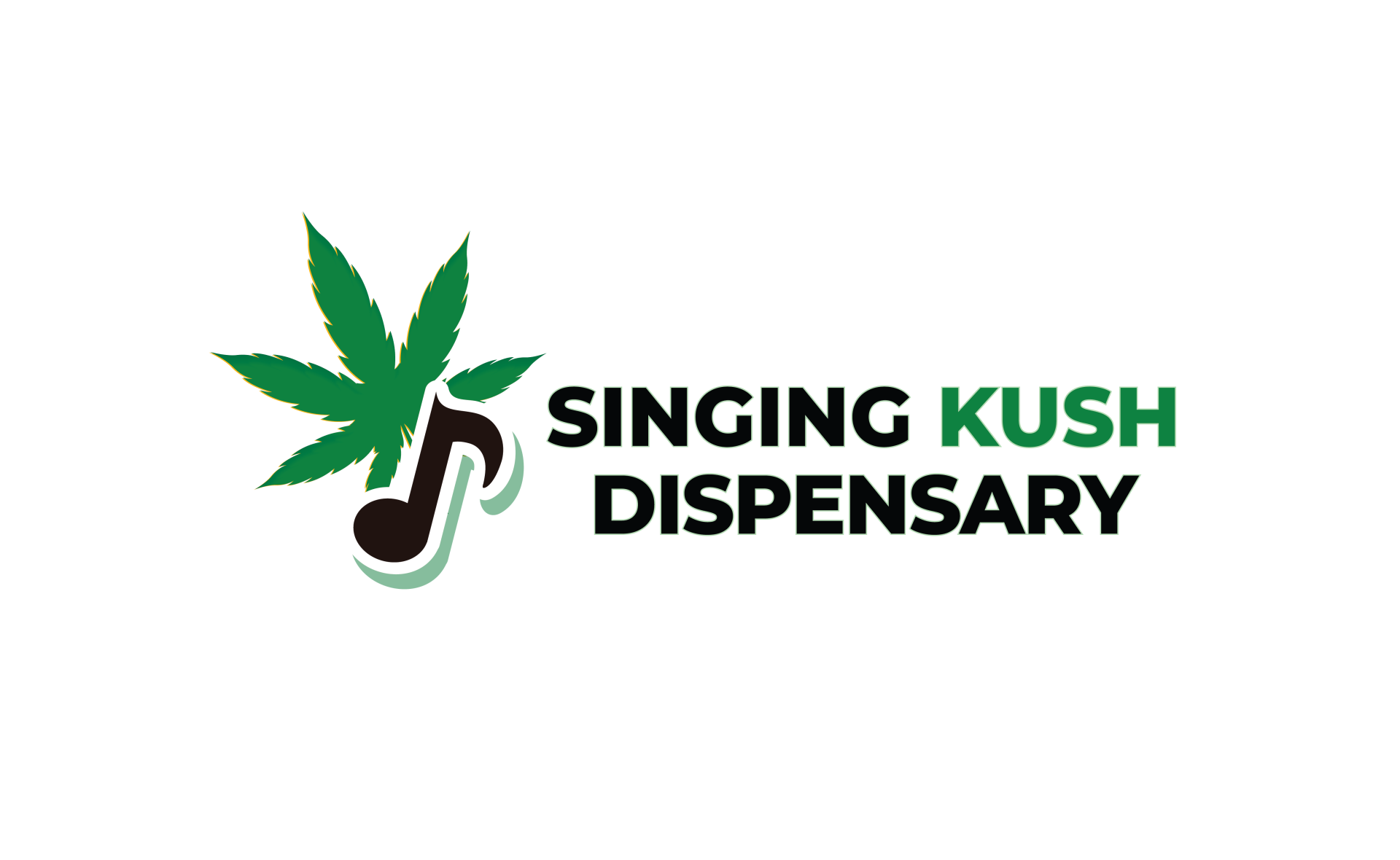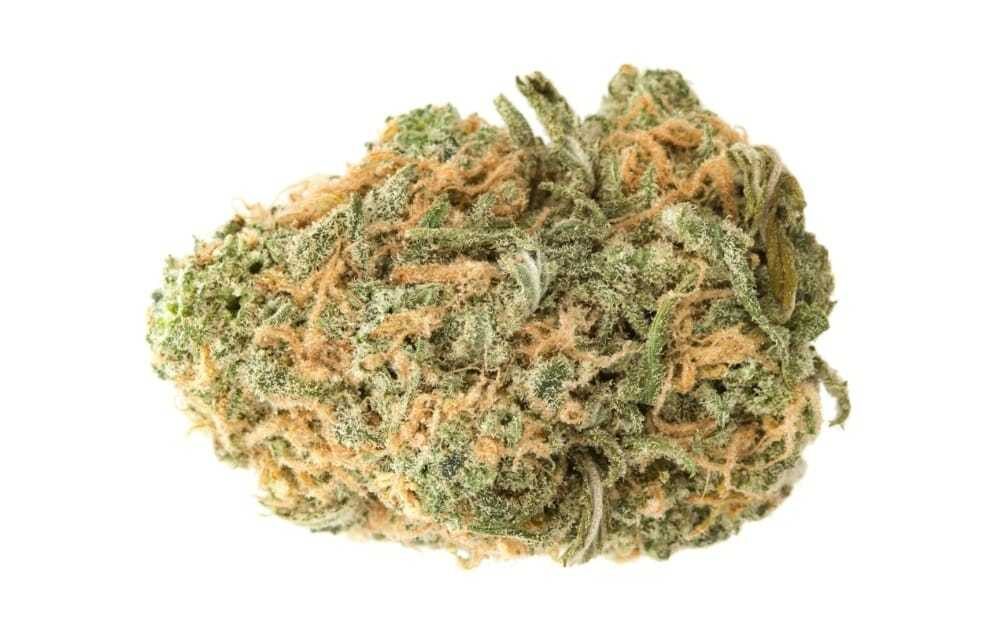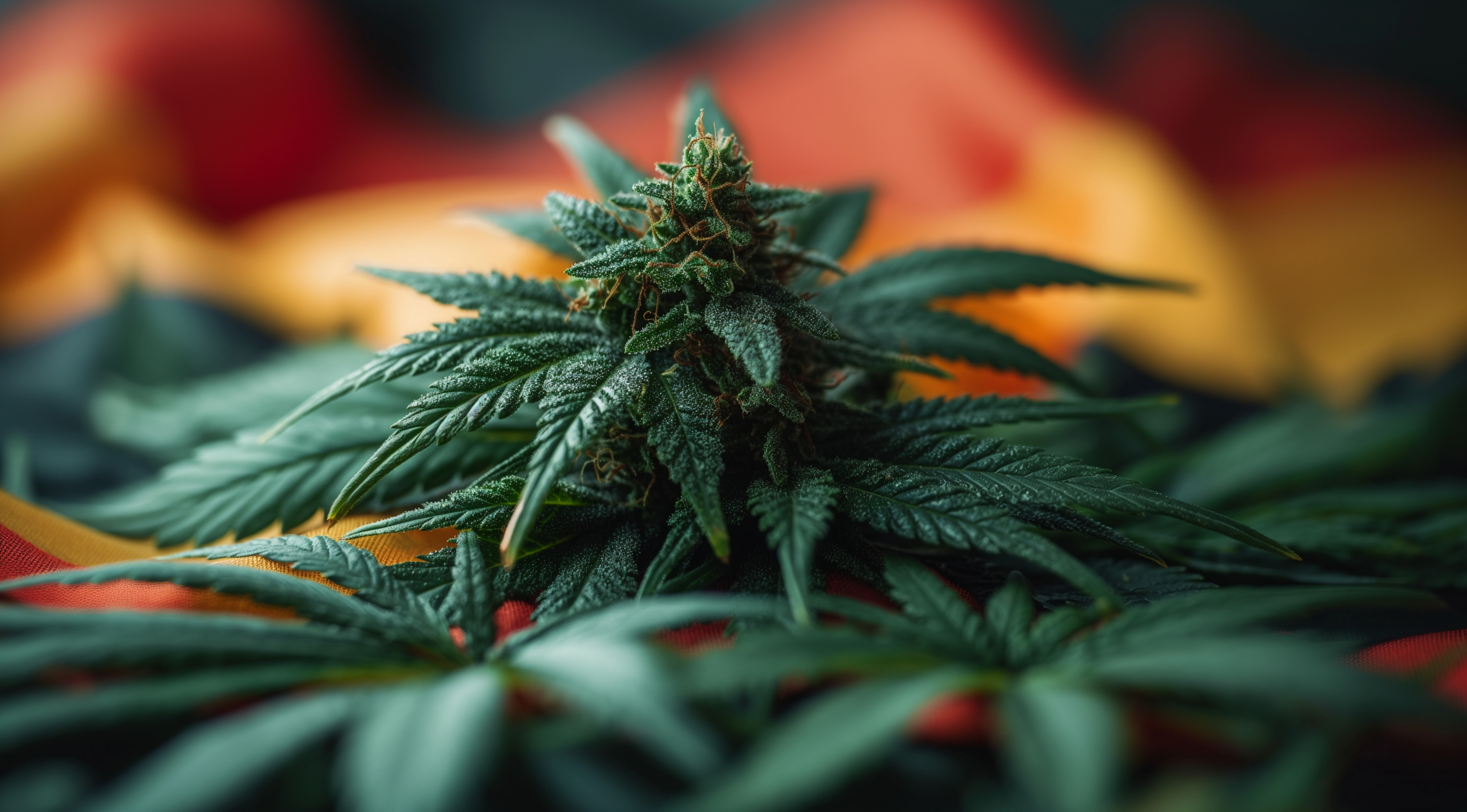The Definitive Guide to Drying and Curing Cannabis for Peak Flavor and Potency
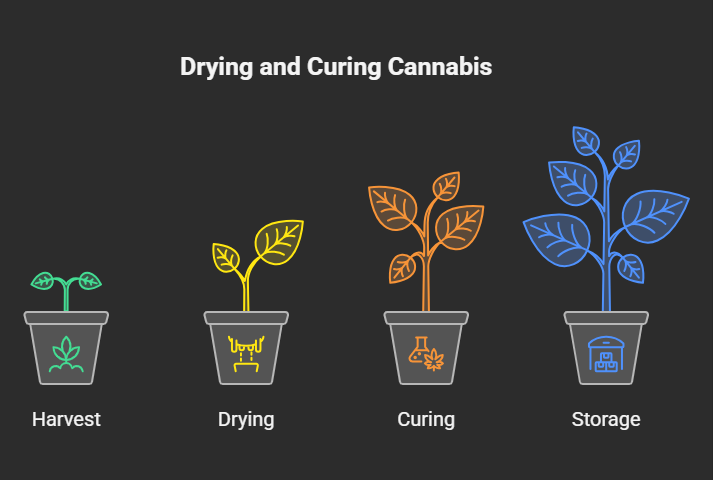
For cannabis cultivators, the journey doesn’t end at harvest. In fact, the subsequent stages of drying and curing are arguably just as crucial in determining the final quality of your buds. These meticulous processes go far beyond simply removing moisture; they are the key to unlocking the full potential of your harvest, preserving and even enhancing the delicate terpene profiles, ensuring optimal cannabinoid potency, and ultimately delivering a smooth, flavorful, and aromatic experience. Skip or rush these steps, and you risk a final product that tastes harsh, lacks aroma, and degrades quickly. This comprehensive guide will walk you through every aspect of drying and curing cannabis, providing the knowledge and techniques to achieve connoisseur-level results.
Table of Contents:
- Why Proper Drying and Curing are Essential for Cannabis
- The Drying Process: Setting the Stage for Success
- The Curing Process: Perfecting Flavor, Aroma, and Longevity
- Storing Your Harvested Cannabis Buds After Curing
- Drying & Curing Cannabis: Frequently Asked Questions
- Conclusion
Why Proper Drying and Curing are Essential for Cannabis:
Beyond simply removing moisture, the drying and curing processes are where the true character of your cannabis blossoms. During this crucial phase, a complex interplay of biochemical reactions continues within the harvested buds. Enzymes work to break down chlorophyll, the pigment that gives plants their green color. If not properly diminished, chlorophyll can impart a harsh, vegetal taste to the final product, detracting significantly from the overall smoking or vaping experience.
More importantly, drying and curing play a vital role in preserving and even enhancing the delicate terpene profiles of your cannabis. Terpenes are the aromatic compounds responsible for the unique smells and flavors of different strains, ranging from citrusy and piney to earthy and floral. They are also believed to contribute to the overall effects of cannabis through the “entourage effect,” where cannabinoids and terpenes work synergistically. A slow and controlled drying process, followed by a meticulous cure, allows these volatile terpenes to be retained, resulting in a more flavorful and nuanced final product. Furthermore, proper curing ensures the long-term stability of cannabinoids like THC and CBD, preventing their degradation and preserving potency over time. Finally, by carefully controlling moisture levels during curing, you create an environment that inhibits the growth of mold and mildew, ensuring a safe and high-quality product.
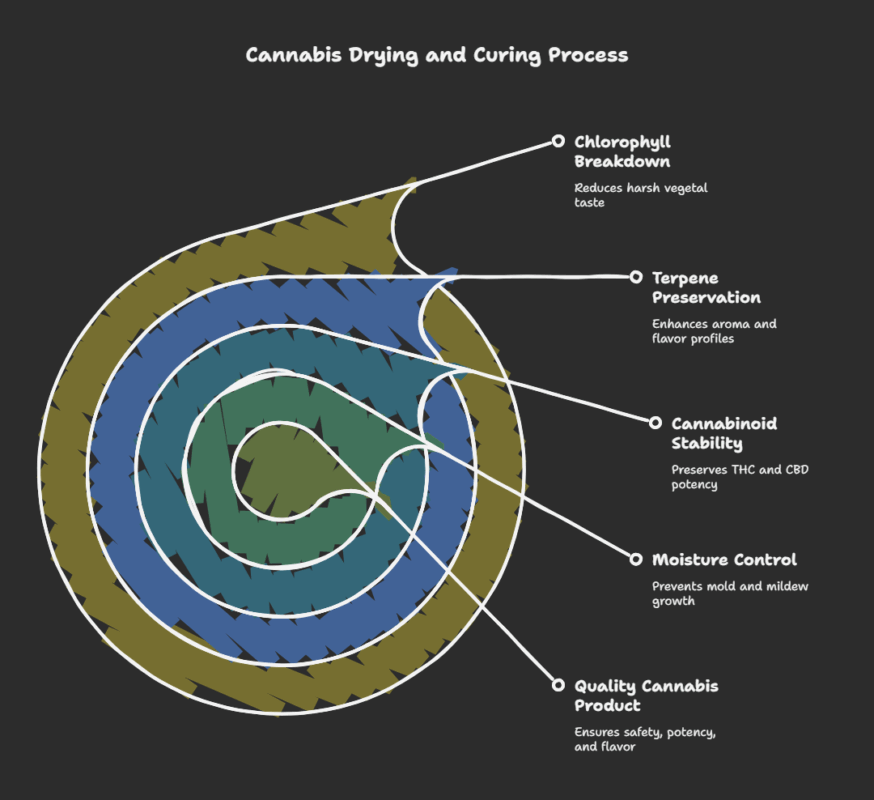
The Drying Process: Setting the Stage for Success:
The initial drying phase is about reducing the moisture content of your harvested cannabis to a level suitable for curing. This typically involves losing a significant amount of weight, as fresh plants can be up to 75% water. The method you choose for trimming – wet or dry – will influence the drying process. Wet trimming, where buds are trimmed before drying, generally leads to a faster drying time as less plant material is present. Dry trimming, where the entire plant or branches are hung before trimming, takes longer but some believe it can lead to a more even drying process and better terpene preservation.
How Long Does it Take to Dry Cannabis? The drying process typically takes anywhere from 2 to 7 days, and sometimes longer depending on environmental conditions and the density of the buds. Wet-trimmed buds on a rack will generally dry faster (2-5 days) than whole plants or large branches hung for dry trimming (5-7+ days). The key is a slow and even dry.
- Optional Equipment: Depending on your climate, you might need a dehumidifier to lower humidity or an AC unit to lower temperature.
- Temperature: 60-70°F (15-21°C). Higher temperatures can cause buds to dry too quickly, trapping moisture inside and degrading terpenes.
- Humidity: 55-65% relative humidity (RH). Too low humidity will lead to rapid drying and terpene loss, while too high humidity increases the risk of mold. A hygrometer is essential for monitoring these levels.
- Darkness: UV rays from sunlight can degrade cannabinoids and terpenes. Your drying room should be dark or the buds should be covered to prevent light exposure.
- Air Circulation: Gentle airflow from a small fan (not directly pointed at the buds) helps to regulate temperature and humidity, ensuring even drying and preventing stagnant air that can lead to mold.
- Setting Up the Ideal Cannabis Drying Room: Creating the right environment is crucial for a successful dry. Aim for:
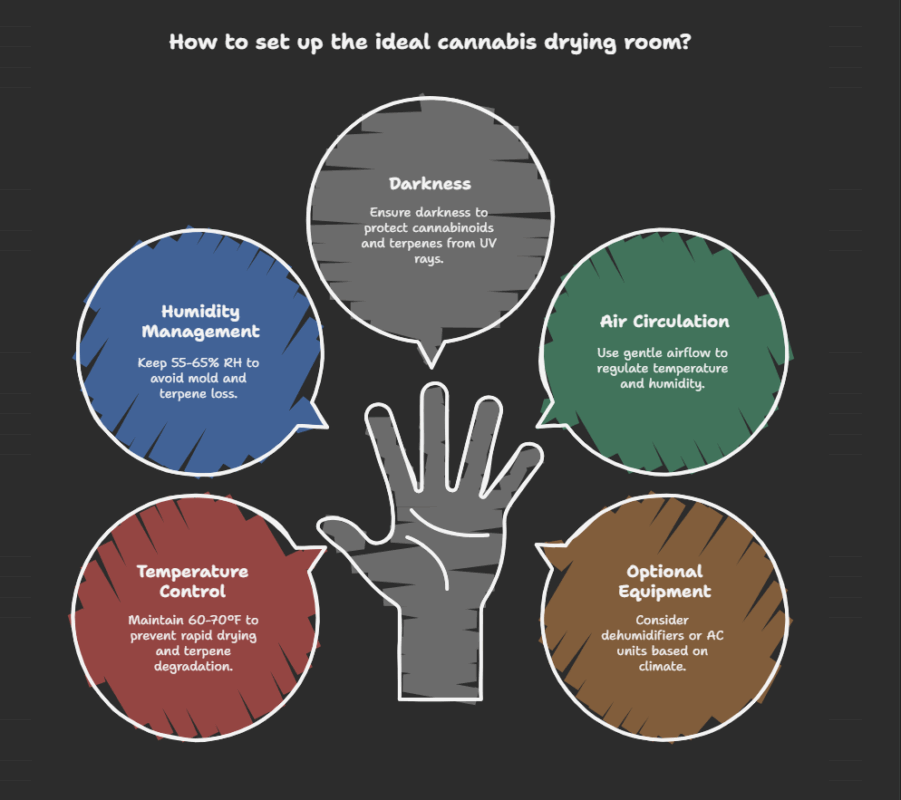
Methods for Drying Cannabis:
- Hang Drying Buds and Branches: This method involves cutting large branches or even whole plants and hanging them upside down on a line or hanger in your drying room. It’s less labor-intensive initially but requires more space. The larger amount of plant material can also mean a slightly longer drying time. Ensure adequate spacing between hanging plants for good airflow. Drying Buds on a
- Rack: This is the preferred method for wet-trimmed buds. Place the trimmed buds in a single layer on a mesh drying rack, ensuring good airflow around each bud. Regularly check and gently turn the buds to promote even drying.
Determining When Cannabis is Properly Dried: After a few days, start checking your buds for dryness. A common indicator is the “snap” test: gently bend a small branch or stem. If it snaps cleanly, the buds are likely dry enough for curing. If the stem bends or feels pliable, they need more time. Buds should also feel dry to the touch on the outside but not overly brittle.
The Curing Process: Perfecting Flavor, Aroma, and Longevity:
Once your cannabis is properly dried and trimmed, the curing process begins. This stage, often overlooked, is where the magic truly happens, refining the flavor, enhancing the aroma, and ensuring long-term quality. Curing involves storing your dried buds in airtight containers under controlled conditions, allowing residual moisture to redistribute and enzymatic processes to continue.
Why Curing Cannabis is a Critical Step: Curing allows for the continued breakdown of chlorophyll, resulting in a smoother smoke and a more palatable taste, free from the “grassy” flavor of uncured buds. It also plays a vital role in preserving and even enhancing the terpene profile. A slow cure at the right temperature and humidity allows the delicate terpenes to mature and prevents their degradation. Furthermore, proper curing stabilizes the cannabinoids, preventing their breakdown and ensuring consistent potency over time. Crucially, it also further reduces the risk of mold and mildew growth by gradually equalizing moisture levels within the buds. Well-cured cannabis can be stored for up to two years without significant loss of potency or flavor if stored correctly.
Equipment and Tools Needed for Curing:
- Airtight Containers: Wide-mouth quart or half-gallon glass mason jars are the most popular and effective choice. Ceramic, metal, or wood vessels can also be used, but avoid plastic bags or containers as they are permeable to oxygen and can impart a plastic taste.
- Hygrometers: Small digital hygrometers that fit inside each jar are essential for monitoring the temperature and humidity levels.
- Humidity Packs (Optional but Recommended): Two-way humidity control packs, like Boveda, can help maintain the ideal humidity range within your curing jars.
Step-by-Step Guide to Curing Cannabis Buds:
- Pack the Jars: Gently place your trimmed, dried buds into the airtight containers, filling them loosely without compacting or crushing the buds. Leave some headspace in each jar.
- Seal and Store: Seal the containers tightly and store them in a cool, dark, and stable environment. Avoid areas with significant temperature fluctuations or direct light.
- Monitor Humidity: Within a day or two, check the hygrometers inside the jars. The ideal humidity range for curing is 55-65% RH.
- Adjust Humidity:
- Too Dry (Below 55%): If your buds are too dry, consider using a humidity pack to rehydrate them gradually.
- Too Wet (Above 65%): If the humidity is too high, leave the lids off the jars for a few hours (up to a full day) to allow excess moisture to escape. Monitor the humidity levels frequently and reseal when they drop into the target range.
- Burping Your Buds: During the first week of curing, open (burp) the jars once or twice a day for a few minutes to release any accumulated moisture and replenish the oxygen inside. If you notice an ammonia-like smell when opening a jar, it indicates the buds are still too wet and anaerobic bacteria are present. Leave the lid off for a longer period until the smell dissipates. After the first week, reduce burping to once every few days.
- Continue Curing: While two to four weeks of curing will significantly improve your cannabis, some strains benefit from longer curing periods of four to eight weeks or even several months. Patience is key to achieving the best results.
Storing Your Harvested Cannabis Buds After Curing:
Once your cannabis is properly cured, storing it correctly is essential to maintain its quality, potency, flavor, and aroma for the long term. Like fine wines, properly dried and cured buds benefit from stable, controlled conditions.
- Ideal Conditions: Store your cured buds in a cool, dark, and dry place. Temperatures above 77-86°F (25-30°C) can promote mold growth and accelerate the degradation of cannabinoids and terpenes.
- Container Choices: Airtight, non-reactive containers are best. Glass mason jars remain the gold standard. Consider vacuum-sealing jars to minimize oxygen exposure, which can also degrade cannabinoids and terpenes over time.
- Monitor Humidity: Even during storage, maintaining the ideal humidity range (55-65% RH) is crucial to prevent mold and preserve the buds’ consistency and flavor. Continue using hygrometers or humidity packs.
- Separate Strains and Label: If you’ve grown multiple strains, store them in separate, labeled containers to maintain their individual flavor profiles and keep track of harvest dates.
- Avoid Light: Direct sunlight and UV rays will degrade cannabinoids and terpenes. Store your containers in a dark location.
Drying & Curing Cannabis: Frequently Asked Questions:
Q. How do you dry and cure buds fast?
A. While there are methods to speed up drying and curing, we strongly advise against them. Rushing these processes often leads to a significant loss of flavor, aroma, and overall quality. A slow, controlled approach is key to achieving the best results.
Q. What humidity should buds be dried to before curing?
A. The ideal humidity range for drying cannabis is between 55-65% relative humidity. This allows for a gradual and even moisture removal.
Q. Should buds be completely dry before curing?
A. No, buds should not be bone dry before curing. They should feel dry to the touch on the outside, and small stems should snap when bent, but the interior should still contain some residual moisture that will be drawn out during the curing process. If buds are too dry, the curing process won’t be as effective, and the smoke may be harsh.
Q. How do you dry sticky buds?
A. Sticky buds, which are high in trichomes, should be dried using the same methods as any other buds – either by hanging or on a drying rack, ensuring proper temperature and humidity control. The stickiness is due to the resin glands, not excessive moisture.
Q. What does it mean when you burp weed?
A. “Burping” refers to the process of opening the airtight containers in which cannabis is being cured for a short period (a few minutes) once or twice a day during the initial weeks.
Q. Is burping weed important?
A. Yes, burping is crucial. It releases excess moisture that is drawn from the center of the buds to the outside, and it replenishes fresh oxygen inside the container, preventing the development of anaerobic bacteria that can lead to mold and an ammonia-like smell.
Q. Will my weed taste better after curing?
A. Absolutely. Curing allows for the continued breakdown of chlorophyll and the preservation of terpenes, resulting in a smoother smoke with enhanced flavor and aroma, free from the grassy taste of freshly dried buds.
Q. Should I dry cannabis with a fan?
A. Fans are beneficial in a drying room as they help to circulate air, preventing stagnant pockets of humidity and promoting even drying. However, avoid pointing the fan directly at the buds, as this can cause them to dry too quickly.
Q. What happens if I dry my cannabis too fast?
A. Rapid drying can trap moisture inside the buds while the exterior becomes brittle, leading to a harsh smoke, reduced terpene retention, and a higher risk of mold during curing.
Q. What happens if I cure my cannabis for too long?
A. While properly cured cannabis can be stored for a long time, excessively long curing (beyond 6-12 months) can potentially lead to a gradual degradation of terpenes and cannabinoids, resulting in a loss of potency and flavor.
Q. Can I use plastic containers for curing?
A. It’s generally not recommended to use plastic bags or containers for curing as they are not impervious to oxygen and can impart a plastic taste to your buds. Glass jars are the preferred option.
Q. How do humidity packs work for curing?
A. Humidity packs, like Boveda, are designed to maintain a specific relative humidity level inside your curing jars. They work by either releasing or absorbing moisture as needed to keep the environment within the optimal range (typically 55-65%).
Q. What are the signs of mold during drying and curing?
A. Signs of mold include a white or grayish fuzzy growth on the buds, a musty or mildewy smell (distinct from the normal cannabis aroma), and a slimy or soft texture.
Q. How can I prevent mold during drying and curing?
A. Preventing mold involves maintaining proper temperature and humidity levels in your drying and curing environment, ensuring good air circulation, and not overpacking your curing containers. Regularly inspect your buds for any signs of mold.
Q. What is the ideal temperature for storing cured cannabis?
A. The ideal temperature for long-term storage of cured cannabis is below 70°F (21°C) to slow down the degradation of cannabinoids and terpenes.
Conclusion:
Drying and curing cannabis are not just afterthoughts to the harvest; they are integral steps that significantly impact the final quality and enjoyment of your hard work. By understanding the science behind these processes, creating the optimal environment, and exercising patience and attention to detail, you can transform your freshly harvested buds into a flavorful, potent, and long-lasting treasure. Embrace the art of drying and curing, and you’ll be rewarded with cannabis that truly shines.
